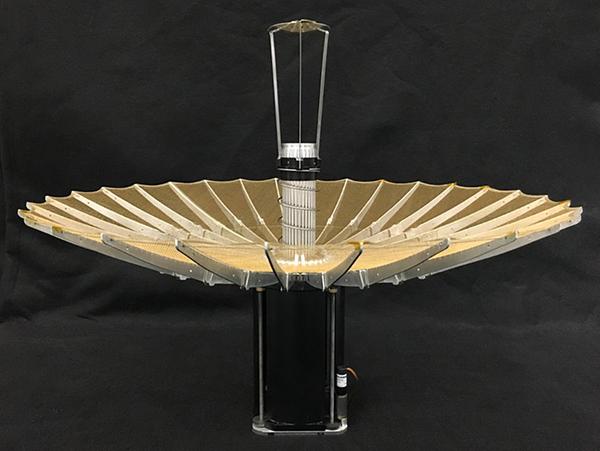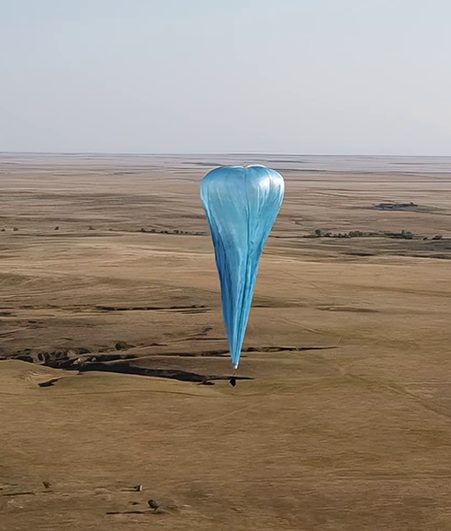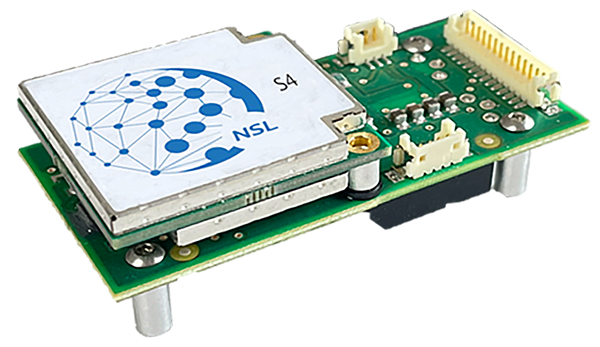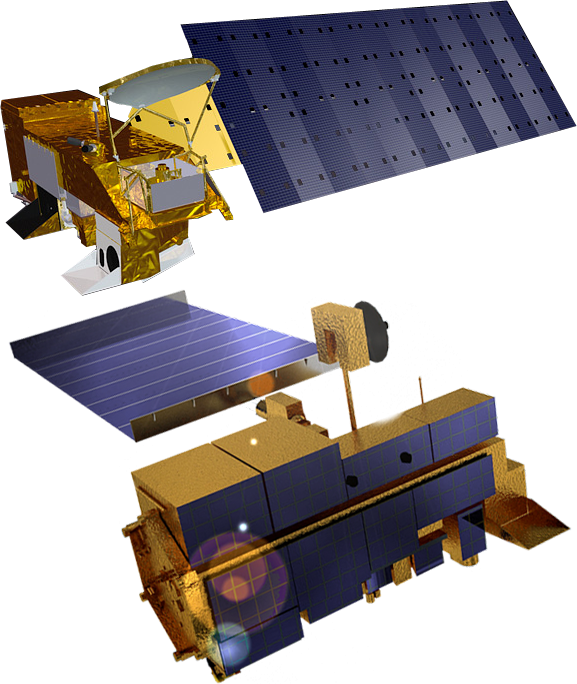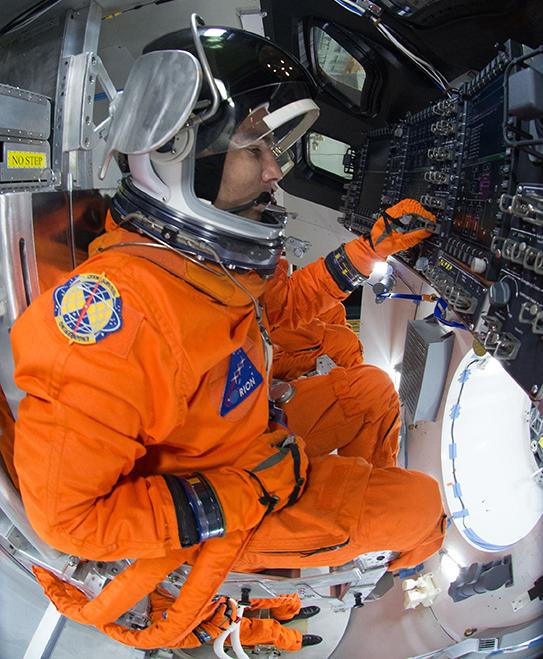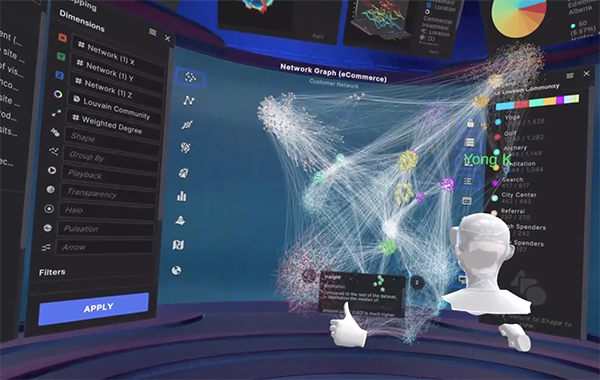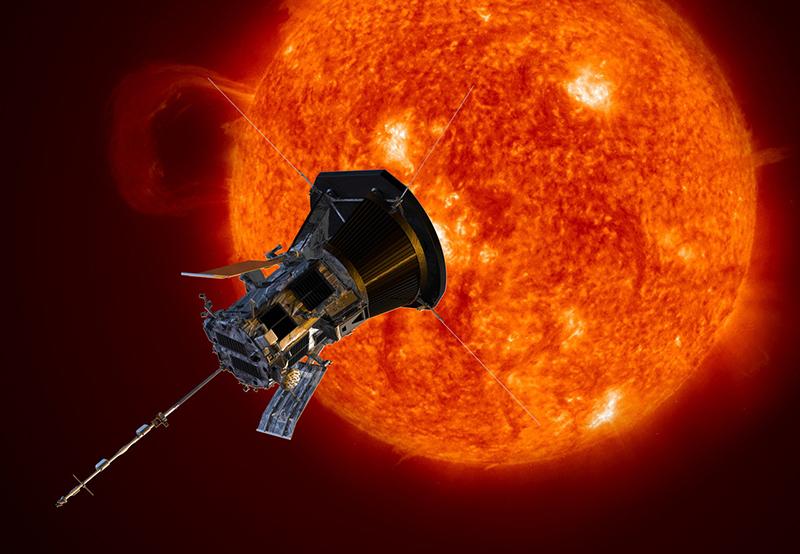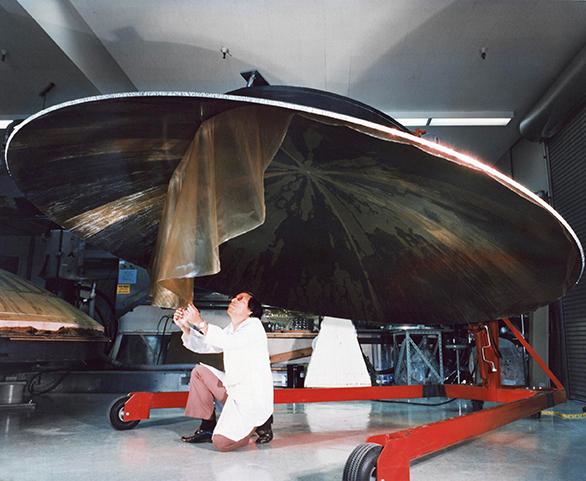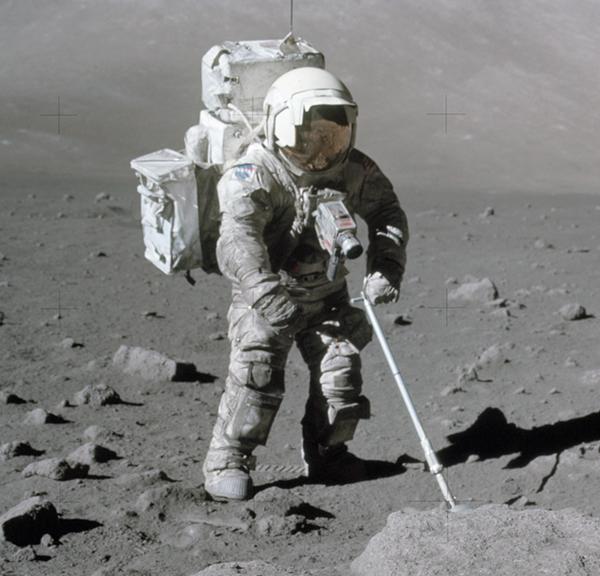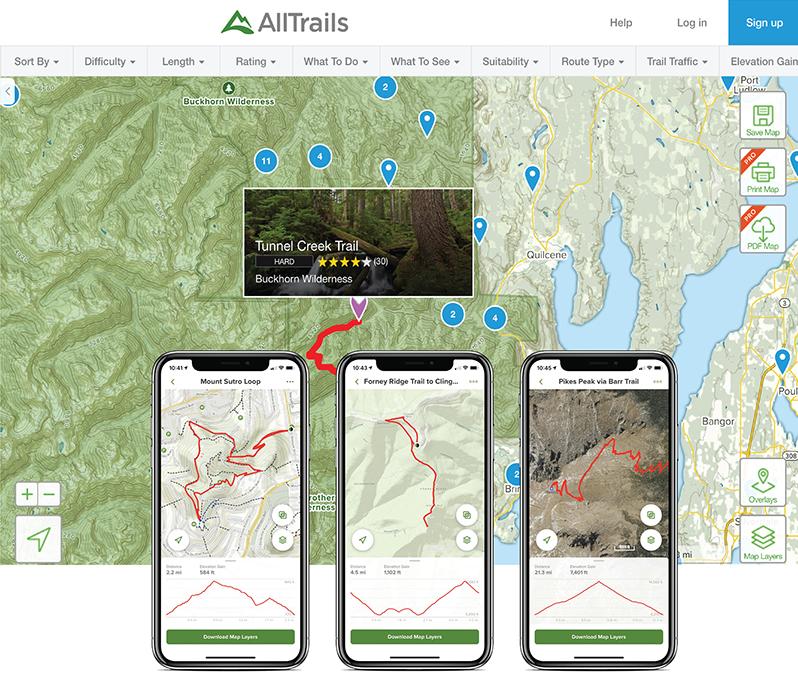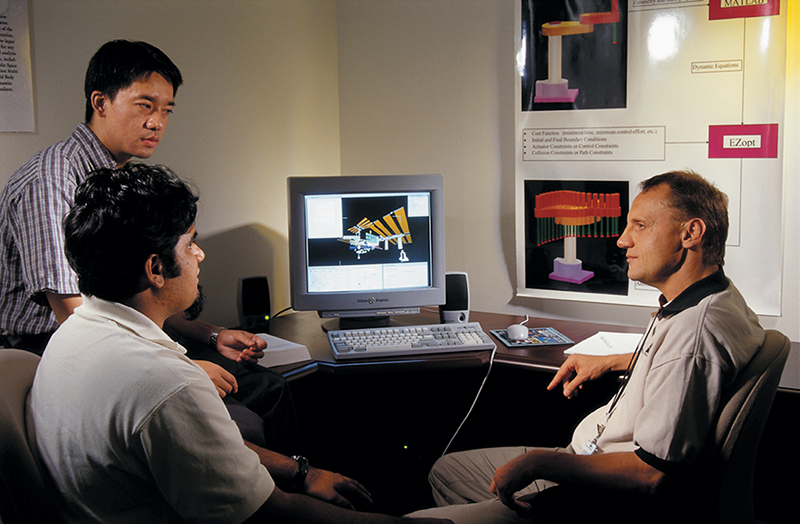
Making the EZ Choice
While most of us see the need for a toolbox, NASA saw the need for an optimal control tool kit. Analytical Mechanics Associates, Inc. (AMA), of Hampton, Virginia, strongly agreed and created an application through Small Business Innovation Research (SBIR) funding from NASA's Langley Research Center. The new EZopt software is a user-friendly tool kit that provides quick and logical solutions to complex optimal control problems.
Any process that can be mathematically formulated into an ordinary set of differential equations with constraints can be managed with EZopt. It can solve most general linear and nonlinear optimal control problems through the use of collocation or differential inclusions. In its most basic form, EZopt converts process data into math equations and then proceeds to utilize those equations to solve problems within control systems. EZopt successfully proved its advantage when applied to short-term mission planning and onboard flight computer implementation.
AMA is a company that provides dynamics, controls, modeling and simulations solutions, as well as engineering assistance. Dr. Hans Seywald, an AMA scientist and current vice-president, designed EZopt around a theory entitled Trajectory Optimization via Differential Inclusions. The basic notion of the theory is that control variables can be removed from an optimal control problem formulation. These controls can then be replaced with constraints on accelerations, within which the software works to solve a problem. The theory provided the framework EZopt needed for reducing the number of design parameters involved in the optimization problem while at the same time, preserving or even improving the convergence robustness observed in collocation. But how will this software be used outside of NASA?
EZopt has solved multiple real-life engineering problems faced in numerous commercial operations. Mechanical engineers use EZopt to solve control problems with robots. Chemical plants implement the EZopt software to overcome situations with batch reactors and temperature control. In the emerging field of commercial aerospace, EZopt is able to optimize trajectories for launch vehicles and perform potential space station-keeping tasks. The software helps control electromagnetic devices in the automotive industry. Additionally, numerous universities are presently using the software for various academic and research purposes.
The success AMA is experiencing with EZopt has led to further applications. DOCKSIM, the Optimal Docking Simulator, was created with the technology behind EZopt. Currently, DOCKSIM is integrated with the International Space Station to generate optimal docking paths for visiting space vehicles. AMA will continue to utilize the EZopt software to present optimal control opportunities to companies who need cutting-edge control solutions.
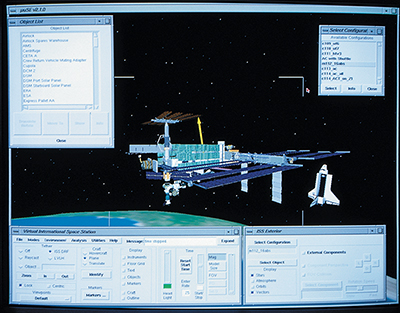
The EZopt program runs a simulation of Space Shuttle docking trajectories.

Dr. Hans Seywald discusses the EZopt program with other team members as it runs a trajectory analysis for space station simulations.




